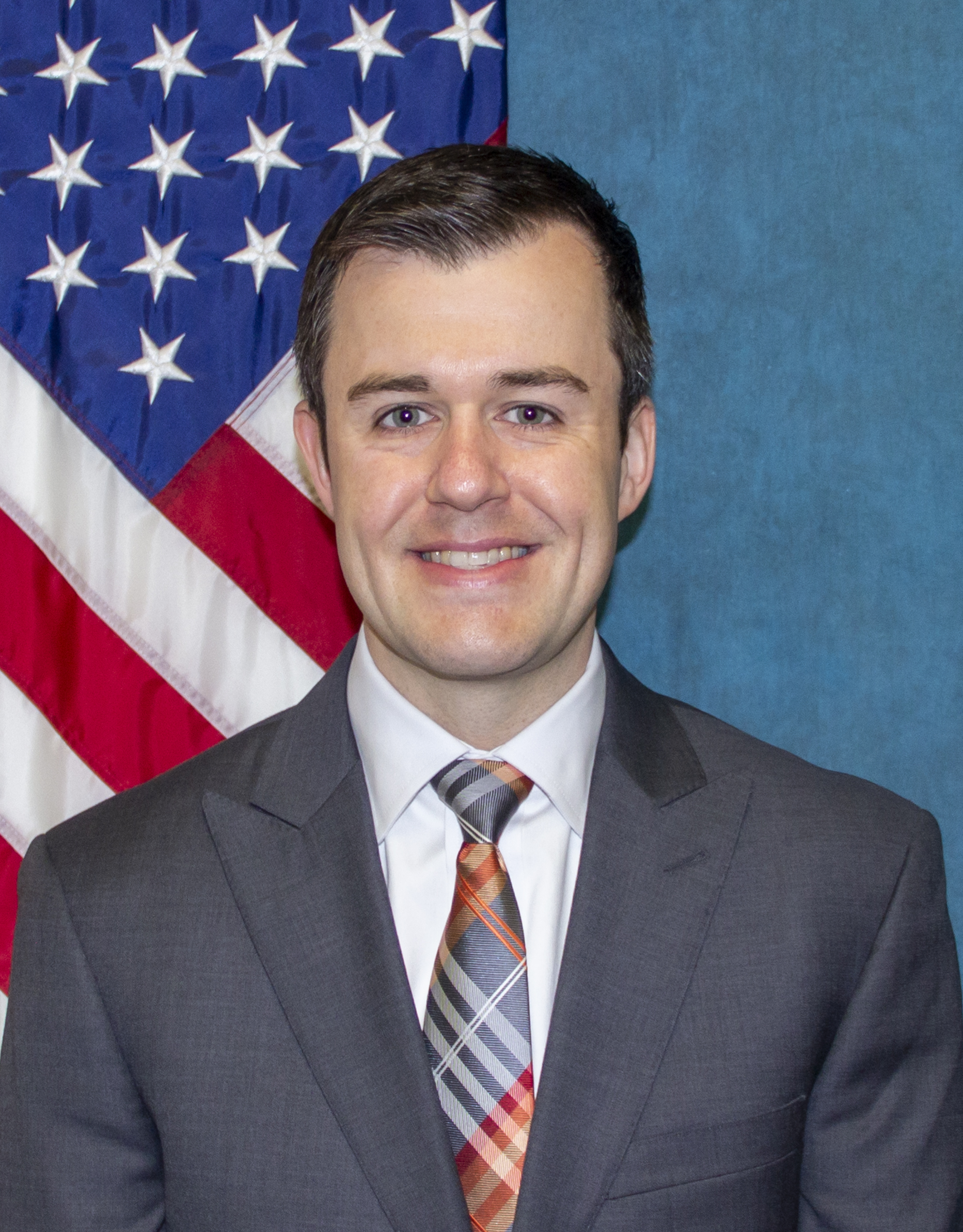By Allison Weissert
 The Army today faces an ever-evolving threat that requires holistic approaches in designing, developing, and building solutions that outpace our enemies. Aircraft survivability is a key capability whose entire function is to protect Soldiers’ lives by maintaining superiority against emerging threats. One such threat is Man-Portable Air Defense Systems (MANPADS). These surface-to-air missiles can be fired by an individual or a small team of people against aircraft. These weapon systems often are described as shoulder-fired anti-aircraft missiles. To defeat this missile threat, Project Manager Aircraft Survivability Equipment (PM ASE), located in Huntsville, who is an integral part of the Program Executive Office Intelligence, Electronic Warfare & Sensors (PEO IEW&S) organization, develops and fields warning and countermeasure capabilities to defeat MANPADS thus increasing aircraft survivability and saving crew and passenger lives.
The Army today faces an ever-evolving threat that requires holistic approaches in designing, developing, and building solutions that outpace our enemies. Aircraft survivability is a key capability whose entire function is to protect Soldiers’ lives by maintaining superiority against emerging threats. One such threat is Man-Portable Air Defense Systems (MANPADS). These surface-to-air missiles can be fired by an individual or a small team of people against aircraft. These weapon systems often are described as shoulder-fired anti-aircraft missiles. To defeat this missile threat, Project Manager Aircraft Survivability Equipment (PM ASE), located in Huntsville, who is an integral part of the Program Executive Office Intelligence, Electronic Warfare & Sensors (PEO IEW&S) organization, develops and fields warning and countermeasure capabilities to defeat MANPADS thus increasing aircraft survivability and saving crew and passenger lives.
This is just one example of the threats which PM ASE provides a solution. The Project Office, develops and fields an array of electronic devices, systems, and countermeasures designed to reduce an aircraft’s susceptibility and vulnerability to manufactured threats by detecting, alerting, and mitigating those threats. Their portfolio includes four Product Offices: Infrared Countermeasures (IRCM), Missile Warning Systems (MW), Threat Warning Systems (TW), and Common Systems Integration (CSI) that manage survivability systems in various stages of development, integration, production, fielding, and sustainment. Each of the capabilities contributes to the holistic aircraft survivability suite designed for each unique category of aviation. To accomplish this, PM ASE works closely with the Redstone Arsenal (RSA) community throughout the lifecycle of all their survivability equipment.
Col. Brock Zimmerman, Project Manager for PM ASE, described the relationship with Redstone Arsenal, stating, “Our relationship with Redstone Arsenal’s leadership and support organizations is exceptional. PM ASE is not a tenant organization, but we work closely with Army Aviation and Missile Command (AMCOM), PEO Aviation, DEVCOM Aviation and Missile Center (AvMC), Missile and Space Intelligence Center (MSIC), and Redstone Test Center (RTC). In fact, our ASE Team has many direct support matrix personnel from the AvMC community that provide a wealth of technical expertise and leadership. We are very grateful for the Arsenal’s continued support and partnership which enables the development and fielding of world class aircraft survivability equipment.”
The Program Executive Office Aviation (PEO AVN), which is located at RSA, is the primary customer for PM ASE. PM ASE supports their aircraft platforms such as: the CH-47 Chinook, AH-64 Apache, UC-35 Cessna Citation, C-12 Guardrail, C-12 Huron, and UH-60/HH-60 Black Hawk. This support and integration involves daily routine coordination. At a strategic level, PM ASE participates in the Aviation Enterprise’s planning sessions. PM ASE relies on the PEO AVN’s expertise on general aviation information and interaction within the Aviation Enterprise. The organization maintains a close working relationship with the Intelligence and Aviation communities especially at RSA to ensure that ASE systems continue to defend against today’s threats and are positioned to counter the emerging threats of tomorrow.
A recent example of this complementary relationship is PM ASE’s fielding of the Common Infrared Countermeasure (CIRCM) capability on PEO AVN’s platforms. CIRCM is the next generation lightweight, laser-based infrared countermeasure system that interfaces with both the Army’s Common Missile Warning System (CMWS) and future Missile Warning Systems (MWS) to defeat current and emerging missile threats that target rotary-wing, tilt-rotor and small fixed-wing aircraft across the DoD. CIRCM receives a hand-off from the MWS and employs a pointing and tracking system to track and defeat the incoming missiles. “PEO IEW&S is very passionate to support and protect Army personnel and aircraft. They integrated the CIRCM system which has proven to be very effective. The CIRCM system protects the aircrew and is a huge survivability piece that gives comfort and confidence to aircrews and commanders. The Apache PM remains very appreciative of the strong collaborations between our teams while working through the tough issues” said Greg Jinks, Acting Deputy Project Manager, Apache, PEO AVN.
Another example of RSA’s support is the valuable work the Redstone Test Center (RTC) does for PM ASE. RTC provides expeditionary field test support for missile testing and flight test excursion. They also lead the technical development of government owned data recorders for integration with industry hardware that support independent Government analysis of ASE system performance. The RTC Aviation Flight Test Directorate supports ASE by providing highly capable Flight Test Engineers and Safety Review Boards that support our Safety Release requests for Soldier Touch Points and Operational Testing as well as providing the Recommendation for Safety Confirmation to the Army Evaluation Center, which is required to support the development of fielding documentation for aviation mission systems. Having the PM ASE Test office close to RTC creates synergy of effort, routinely decreases test schedules, and allows the PM to realize significant cost savings.
All of the efforts from RTC and the greater RSA community are vital to current systems and development of systems for future aircraft.
According to Zimmerman, “The long-term goal remains providing support to the Future Vertical Lift (FVL) platforms while maintaining state-of-the art protection for the legacy fleet”. The FVL concept is to create a new rotorcraft that uses new technology, materials, and designs that are quicker, have longer range and higher payload capacity, are more reliable, easier to maintain and operate, have lower operating costs, and can reduce logistical footprints. FVL will create a family of systems to replace most existing Army helicopters. Five different sizes of aircraft are to be developed, sharing common hardware such as sensors, avionics, engines, and countermeasures. The continued partnership between RSA and PM ASE remains critical in the development of new capabilities.


